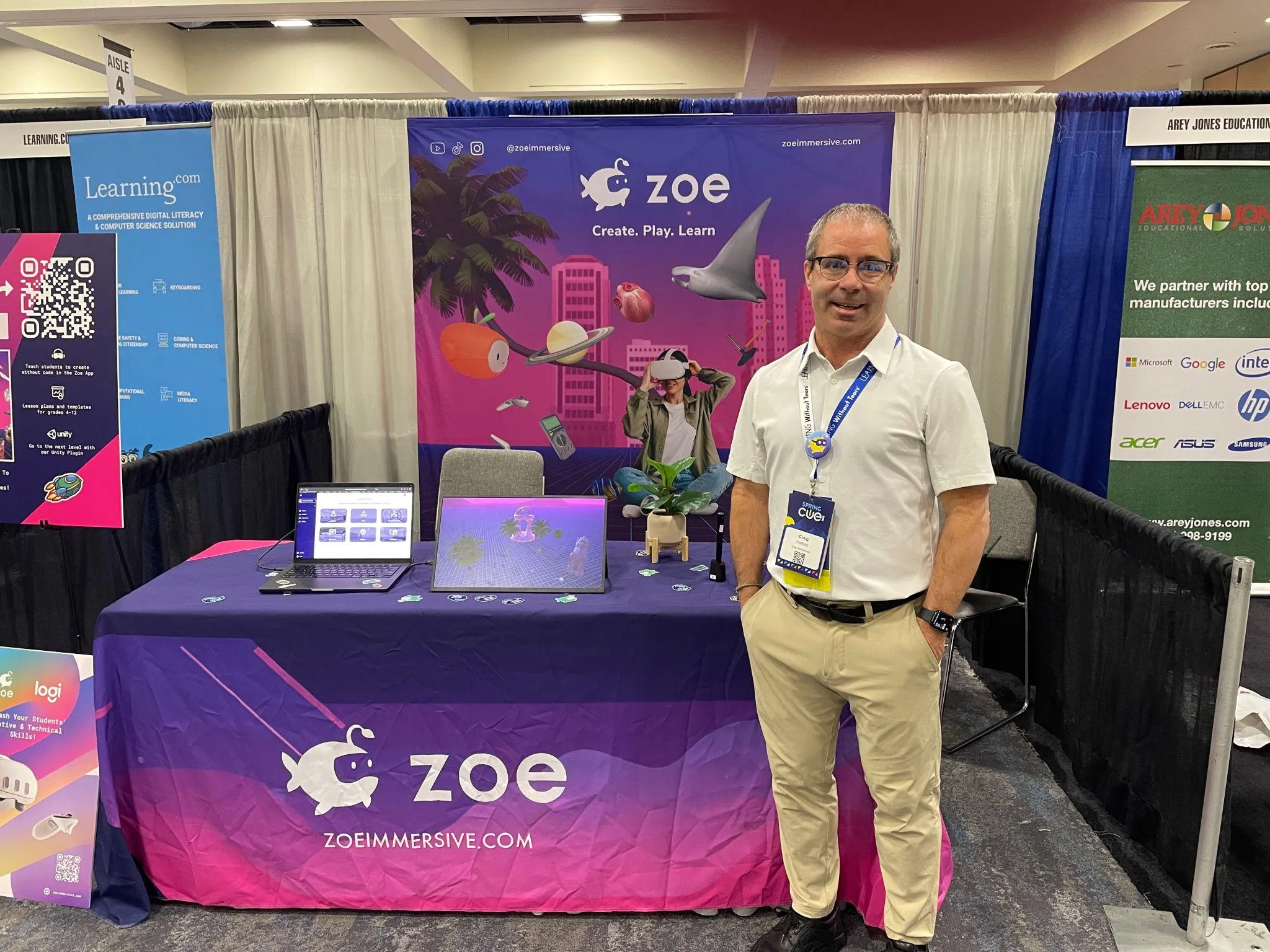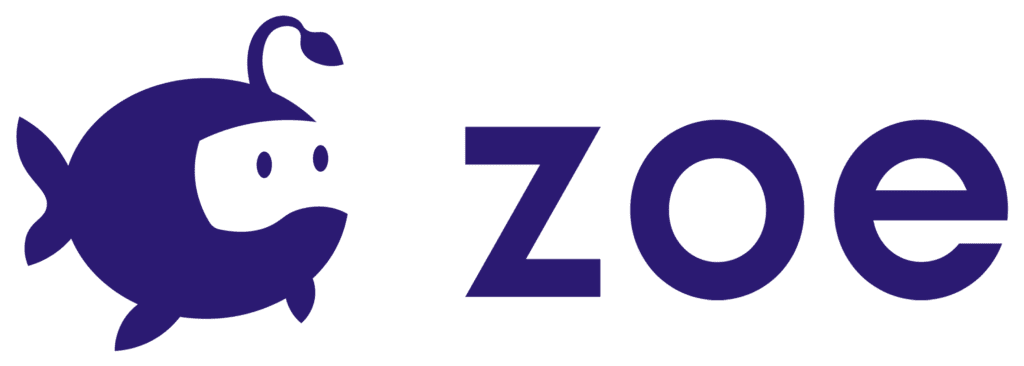
Teamwork And Problem-Solving With VR
Background
Craig Frehlich, a teacher with 30 years of experience, is pushing the boundaries of traditional teaching methods. His venture into immersive learning began during the pandemic with his publication, "Immersive Learning: A Practical Guide to Harnessing Virtual Reality Superpowers in Education." His commitment is clear. Frehlich helped establish VR labs in the different schools he's worked in, including Calgary, Singapore, and Vancouver. His latest lab, equipped with over twenty-five VR headsets, embodies his philosophy that students should 'lean into their learning'—a goal he believes is best achieved with VR technology.
The Challenge
Frehlich saw how conventional teaching methods, like worksheets and lectures, struggled to engage his students and often zapped their confidence in meeting learning objectives. Once information passed statically between him and his students, it remained passive. There wasn’t any manipulation or application of concepts. Frehlich recognized that traditional teaching methods relied on this passive knowledge exchange, and while they have their place in classrooms, these approaches needed to be supplemented with more interactive techniques. He wanted something to foster student engagement, collaboration, and long-term knowledge retention.

The Approach
When Frehlich turned to the VR platform Zoe Immersive, he discovered a tool that streamlined the creation of student-driven content and interactive engagement. This approach enabled students to actively participate in their education through immersive, spatially compelling scenarios.
Here's how Frehlich's VR use supported student collaboration and communication:
- Collaborative Learning Environments
Students worked together on projects like ecosystem simulations or historical re-enactments through time travel scenarios. This setup encouraged students to discuss, strategize, and collectively solve problems. Through these interactions, students improved their teamwork and communication skills.
- Active Participation and Peer Interaction
Students interacted in desert ecosystems, where they had to work together to categorize organisms and construct food chains. This activity required them to communicate and collaborate intensively, turning learning into a joint venture where each student contributed to the group's understanding.
- Immediate Feedback for Improvement
Frehlich shared how Zoe's VR platform provided real-time feedback. "Students have an opportunity to think about and practice the content we've given them so that if they're making mistakes, they can learn to fix [them]. And, in particular, Zoe has been highly effective at creating these retrieval practice experiences, putting students in a contextually relevant environment for studying." For example, he shared how a virtual French café gave students instant responses to their actions. This feature accelerated learning and encouraged a communicative feedback loop for students. They could assist each other in adjusting techniques based on immediate results.
- Real-World Skills Development
Frehlich used VR's time travel features to allow students to explore scenarios like forest fire prevention. Frehlich showed before-and-after simulations that fueled student discussions and hypotheses on potential causes and preventative solutions. "In truly active learning, you get to think deeper about the situation. Zoe is highly effective at putting students into a real-world situation." Students collaboratively developed their critical thinking and crisis management skills, mirroring real-world problem-solving situations.
- Ease of Use and Accessibility
Frehlich highlights Zoe's intuitive nature. "But [no VR programs] hold a hat to how easy [Zoe] is to create these more immersive interactions. You simply pull up one of your controllers and toggle a couple of buttons, and you can make the assets in the world have gravity." It got students to quickly engage with the technology because it was easy to use. It reduced barriers and promoted collaborative learning.
The Results
Frehlich has leveraged Zoe to create immersive learning experiences that translate complex ideas into tangible, unforgettable concepts. Whether they were in ecosystem simulations or getting historical contexts through VR, students gained a deeper understanding of the curriculum through actively participating and working together.
What They Learned
Frehlich plans to expand VR's use in education. Seeing its benefits firsthand, he wants to democratize VR technology so it's as ubiquitous in classrooms as calculators are in math. He hopes this will foster wider adoption of VR in schools so students get frequent and easy access to immersive VR experiences that complement traditional learning methods.
Frehlich shows how VR learning can improve students' collaboration, communication, and clarity within immersive learning environments. VR learning gets students more engaged, more cooperative, and more invested. Frehlich notes, "VR is getting to the point where we can say to students, okay, pull out your VR headset, let's put it on for five or ten minutes. Let's experience this amazing virtual world thing." Are you ready to try this virtual world thing with your students? Contact us today to get started.


